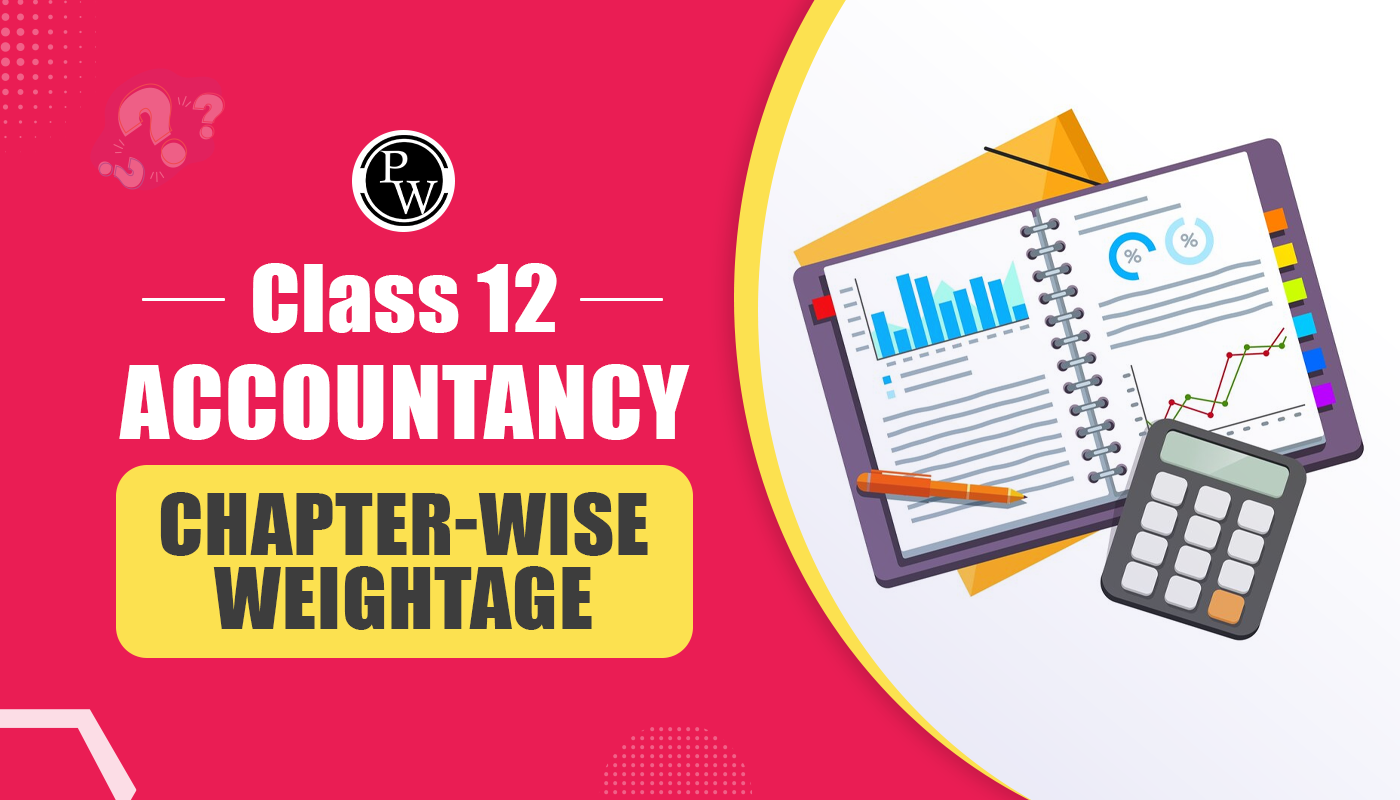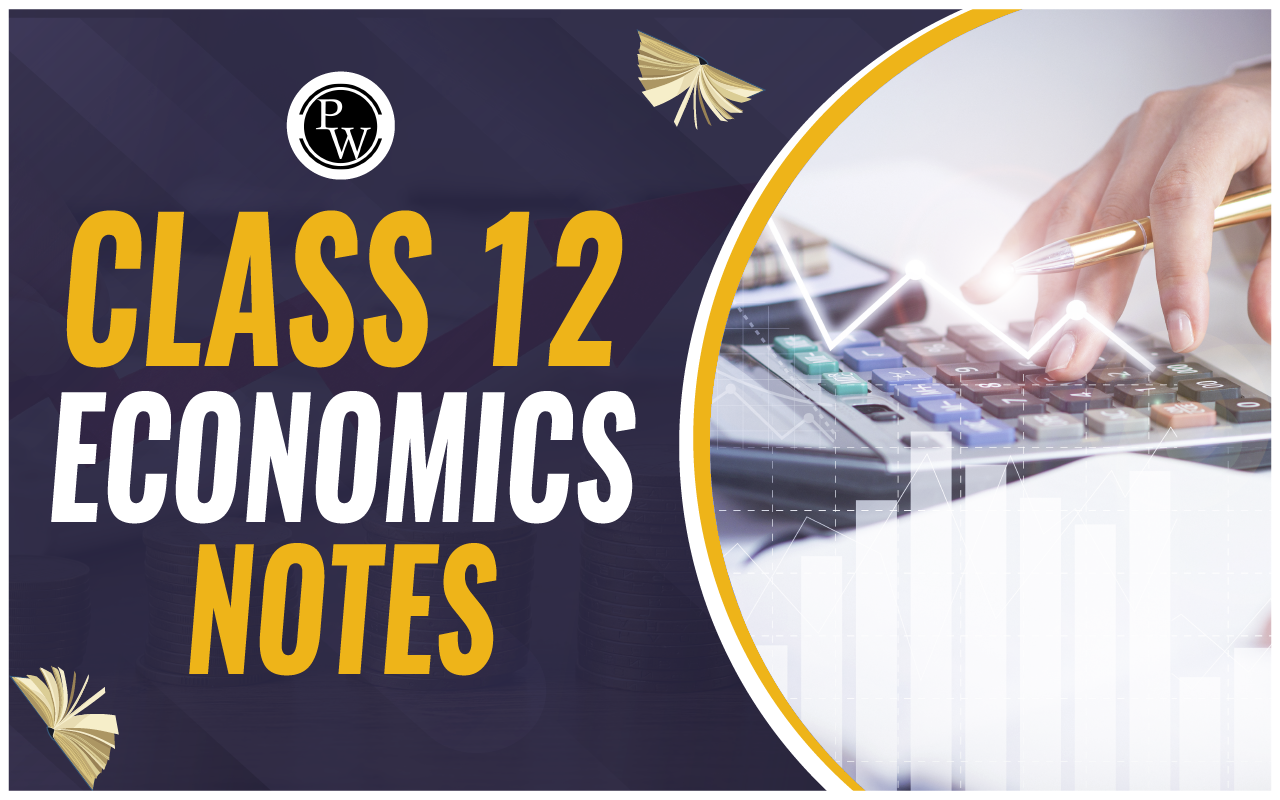
Demand forecasting is a critical process in logistics and supply chain management that predicts future demand for products or services. Accurate demand forecasting helps businesses optimise inventory levels, streamline operations, and enhance customer satisfaction. Various forecasting methods are used to anticipate future demand, each offering different advantages based on the nature of the business, the availability of historical data, and the specific forecasting needs.
Understanding the different types of demand forecasting can help businesses choose the most suitable approach to effectively meet their operational and strategic goals. Here’s an overview of the key types of demand forecasting:What is demand forecasting?
Demand forecasting involves predicting future demand for a product or service, helping businesses estimate how much of the product or service consumers are likely to want over a given period. Accurate forecasting is crucial for businesses to plan production and align with customer demand effectively. Incorrect forecasts, whether overestimating or underestimating demand, can result in either surplus inventory or insufficient stock.Type of Demand Forecasting
There are various methods for demand forecasting, each providing unique insights into future sales. Multiple forecasting models can offer a more comprehensive view of potential sales and highlight areas requiring further research or improved data. Here are six key types of demand forecasting:- Passive Demand Forecasting : Passive demand forecasting is the simplest approach, relying solely on historical sales data to predict future demand. This method is particularly effective for businesses with seasonal fluctuations, using data from the same season to project future sales. It assumes that future sales will mirror past performance, making it suitable for businesses focused on stability rather than growth. This model does not require advanced statistical methods or economic trend analysis.
- Active Demand Forecasting : Active demand forecasting is ideal for businesses in growth phases or startups with limited historical data. This model incorporates market research, marketing efforts, and expansion plans into the forecast. It also considers external factors such as economic conditions, market sector growth projections, and potential cost savings from supply chain improvements.
- Macro Demand Forecasting : Macro demand forecasting examines broader economic trends and external factors impacting demand. This approach considers raw material availability and overall economic conditions affecting the supply chain. It helps in aligning forecasts with wider economic indicators for more accurate predictions.
- Internal Forecasting : Internal demand forecasting analyses internal operations to identify limitations and opportunities. This model helps understand consumer trends and operational inefficiencies, allowing for more realistic future projections and smoother operations to meet consumer demands.
- Short-Term Demand Forecasting : Short-term demand forecasting focuses on predicting demand for three to twelve months. This approach is crucial for managing the supply chain efficiently and enables businesses to respond promptly to fluctuations in customer demand.
- Long-Term Demand Forecasting : Long-term demand forecasting projects future demand throughout one to four years. This model supports strategic planning by aiding in marketing campaigns, capital investments, and supply chain operations. It is instrumental in assessing a business's growth trajectory and preparing for future demands.
| Also Read | |
| Change In Equilibrium Price | Abnormal Loss And Abnormal Gains |
| Changes In Supply | Business Communication |
Benefits Of Demand Forecasting
Demand forecasting offers several key benefits that can significantly enhance a business’s operations and strategic planning. Here are some of the primary advantages:- Optimized Inventory Management: Accurate demand forecasts help businesses maintain optimal inventory levels, reducing the risk of overstocking or stockouts. This leads to better inventory turnover and minimizes holding costs.
- Improved Production Planning: Forecasting future demand enables businesses to plan their production schedules more effectively, ensuring they produce the right quantities of products to meet market demand without unnecessary delays.
- Enhanced Customer Satisfaction: By aligning production and inventory with actual customer demand, businesses can ensure that products are available when customers need them, which improves overall customer satisfaction and loyalty.
- Cost Reduction: Effective demand forecasting helps reduce operational costs by minimizing excess inventory and avoiding rush orders. This also helps in better allocation of resources and reducing waste.
- Better Financial Planning: Accurate demand forecasts provide valuable insights for financial planning, allowing businesses to budget and allocate resources more effectively. This helps in managing cash flow and investment decisions.
Demand forecasting Example
Demand forecasting involves predicting future demand for products or services to help businesses plan effectively. Here are some common types of demand forecasting methods along with examples:- Qualitative Forecasting : A fashion retailer anticipates a high demand for a new clothing line based on expert opinions and market trends.
- Quantitative Forecasting : A manufacturer uses historical sales data to predict future demand for a product line using statistical methods like time series analysis.
- Time Series Forecasting : A supermarket analyzes past sales data of seasonal fruits to forecast their future demand during upcoming seasons.
- Causal Forecasting : An electronics company predicts futue smartphone demand based on factors such as marketing campaigns and economic indicators.
- Trend Analysis : An e-commerce company projects future sales growth based on past data showing a consistent increase in online purchases.
- Market Research-Based Forecasting: A new product developer conducts surveys and focus groups to estimate demand for an innovative tech gadget.
Demand forecasting in logistics
In logistics, demand forecasting is crucial for ensuring that supply chains operate efficiently and cost-effectively. Various types of demand forecasting methods are employed to anticipate future demand and optimize logistics operations. Here are the main types:- Qualitative Forecasting : Utilizes expert judgment, market research, and insights to predict future demand when historical data is limited or unavailable.
- Quantitative Forecasting : Relies on historical data and statistical techniques to predict future demand.
- Causal forecasting : It examines relationships between demand and influencing factors such as marketing activities, economic indicators, or changes in the supply chain.
- Trend Analysis : Focuses on identifying long-term trends and patterns in demand to make future predictions.
- Scenario planning : Involves creating different scenarios based on varying assumptions about market conditions, economic factors, or other external influences.
Begin your journey towards academic excellence in Commerce with our comprehensive Commerce courses . Master the CBSE syllabus with expert guidance and ace your exams. Enroll now!”
Demand Forecasting FAQs
What are the three types of demand forecasting?
The main types of demand forecasting are passive, active, and short-term projections, along with long-term, external macro, and internal business forecasting.
What is data demand forecasting?
Data demand forecasting involves predicting future consumer demand by analyzing quantitative and qualitative data to estimate future product purchases.
What are the components of demand forecasting?
The key components of demand forecasting are level, trend, and seasonality.
Talk to a counsellorHave doubts? Our support team will be happy to assist you!

Check out these Related Articles
Free Learning Resources
PW Books
Notes (Class 10-12)
PW Study Materials
Notes (Class 6-9)
Ncert Solutions
Govt Exams
Class 6th to 12th Online Courses
Govt Job Exams Courses
UPSC Coaching
Defence Exam Coaching
Gate Exam Coaching
Other Exams
Know about Physics Wallah
Physics Wallah is an Indian edtech platform that provides accessible & comprehensive learning experiences to students from Class 6th to postgraduate level. We also provide extensive NCERT solutions, sample paper, NEET, JEE Mains, BITSAT previous year papers & more such resources to students. Physics Wallah also caters to over 3.5 million registered students and over 78 lakh+ Youtube subscribers with 4.8 rating on its app.
We Stand Out because
We provide students with intensive courses with India’s qualified & experienced faculties & mentors. PW strives to make the learning experience comprehensive and accessible for students of all sections of society. We believe in empowering every single student who couldn't dream of a good career in engineering and medical field earlier.
Our Key Focus Areas
Physics Wallah's main focus is to make the learning experience as economical as possible for all students. With our affordable courses like Lakshya, Udaan and Arjuna and many others, we have been able to provide a platform for lakhs of aspirants. From providing Chemistry, Maths, Physics formula to giving e-books of eminent authors like RD Sharma, RS Aggarwal and Lakhmir Singh, PW focuses on every single student's need for preparation.
What Makes Us Different
Physics Wallah strives to develop a comprehensive pedagogical structure for students, where they get a state-of-the-art learning experience with study material and resources. Apart from catering students preparing for JEE Mains and NEET, PW also provides study material for each state board like Uttar Pradesh, Bihar, and others
Copyright © 2025 Physicswallah Limited All rights reserved.
Get App









